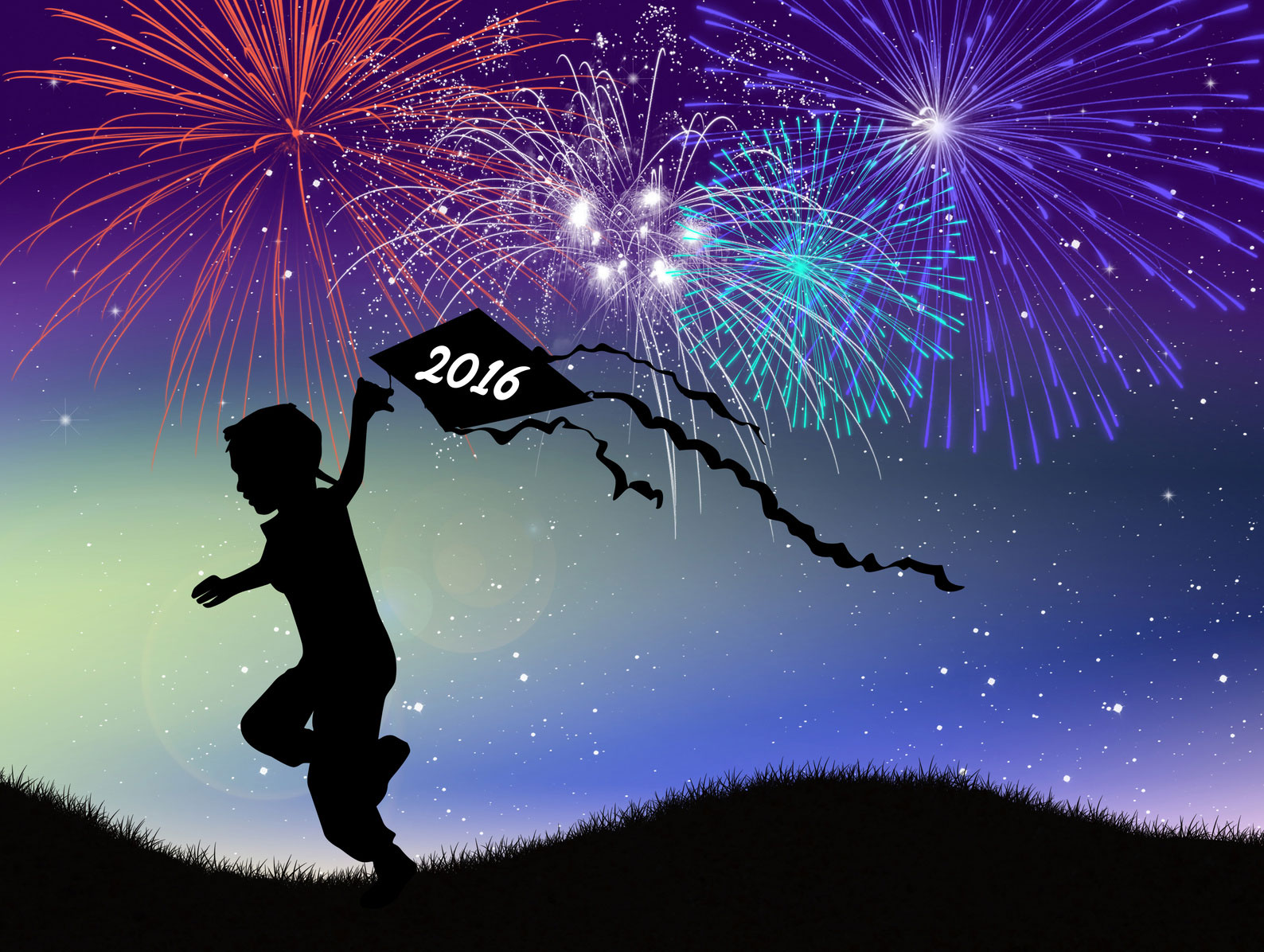New Year’s Goals, Worldwide Celebrations

FasTracKids would like to wish everyone a healthy and happy New Year! With the new year upon us, it is important to start looking at goals and resolutions you and your family would like to accomplish.
Use our “New Year’s Family Resolutions” sheet to have a fun, educational group experience while teaching your children about the importance of goal setting.
Although most of us in western culture celebrate New Year’s day on the first official day of the Gregorian calendar, there are many different unique dates and New Year celebrations around the world. See how the New Year holiday is recognized by these cultures and countries.
Chinese New Year – every year the changing date falls between Jan. 21 – Feb. 21, depending on when the new moon of the first lunar month falls. In 2016, the celebration is February 8th. On the 15th day of the first Chinese month the most important of the traditional Chinese holidays, known as “Spring Festival” or “Lantern Festival”, takes place. This year is the Year of the Monkey, who is described as witty, intelligent and have a magnetic personality.
Jewish New Year – Rosh Hashanah is the Jewish New Year. It is celebrated in autumn on the first two days of the seventh month of the Hebrew calendar. In 2016, Rosh Hashanah is celebrated from October 2 – 4. For Jews, it is a time of introspection and to look back at their mistakes over the past year and plan changes for the one ahead. The holiday is marked with the eating of apples dipped in honey as a symbol for for a sweet new year. Most often the day is spent in a synagogue, as it is one of the holiest days of the year.
Islamic New Year – also known as the Hijri New Year. It falls on the first day of Muharram, which is the first month in the Islamic calendar. Special prayers are said and the appearance of the new moon is recorded in mosques. In 2016, this fairly quiet new year celebration is on October 1-2.
Thai New Year – also called the Songkran is celebrated from April 13-15. One of the main activities is the throwing of water. Thais throw containers of water, use water guns and even garden hoses to soak each other. The water is symbolic of bringing good rains in the new year. All Buddha statues and images are also cleansed for good luck and prosperity.
Ethiopian New Year – also called Enkutatash, meaning the “gift of jewels.” It will be on Sept. 11, at the end of the big rains. Dancing, singing, and celebrations happen as the people celebrate this spring festival. Some cities have spectacular religious celebrations although it is not exclusively a religious holiday.
Cambodian New Year – or Chaul Chnam Thmey in the Khmer language, is a holiday that lasts for three days beginning on New Year’s Day, which falls on April 13 in 2016. This marks the end of the harvesting season, when farmers enjoy the fruits of their labor before the rainy season begins. The Khmer New Year coincides with the traditional solar new year in several parts of India, Sri Lanka, Puthandu, Myanmar and Thailand.
Vietnam New Year – in Vietnam, the Lunar New Year is called Tet and occurs on February 8th in 2016. As in China and South Korea, it involves cleaning your house and cooking special holiday foods including bánh chưng and bánh dầy, sticky rice tightly packed around meat or beans and wrapped in dong or banana leaves; roasted watermelon seeds and pickled or candied fruits or vegetables. People decorate their houses with an artificial New Year Tree or cây nêu (made of a bamboo pole) and certain flowers and plants, such as a kumquat tree.
Tibet New Year – Losar, as the new year is called in Tibet, is celebrated for 15 days and starts on February 8th in 2016. It is also observed in Nepal and the kingdom of Bhutan and predates Buddhism in Tibet. Monks start celebrating Losar on the 29th day of the 12th month by performing special rituals such as making a special noodle called guthuk that contains nine (a number associated with good luck) different ingredients.
India New Year – multifarious religions are practiced in India and so are the celebrations of various festivals. This means the dates of celebration can range depending on the region you live in. The Hindu New Year is celebrated with gaiety and pomp all over India. People light oil lamps and decorate the house with auspicious flowers those with the color like pink, red, purple or yellow. Rangoli design is also an attractive part of New Year decorations. At the time of New Year, gifts and sweets are exchanged with each other. People consider this festival to be an auspicious time to begin a new venture.
